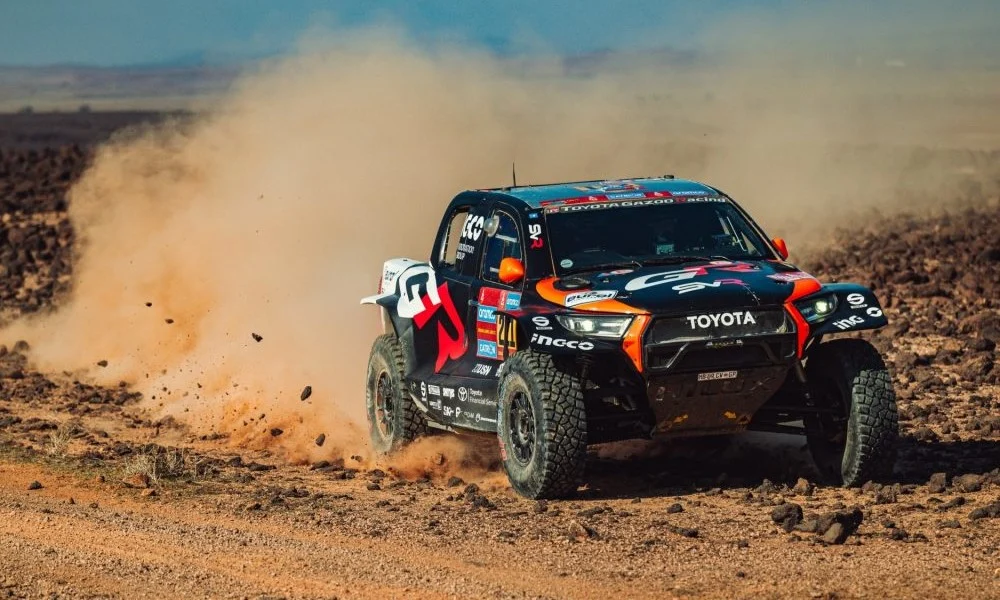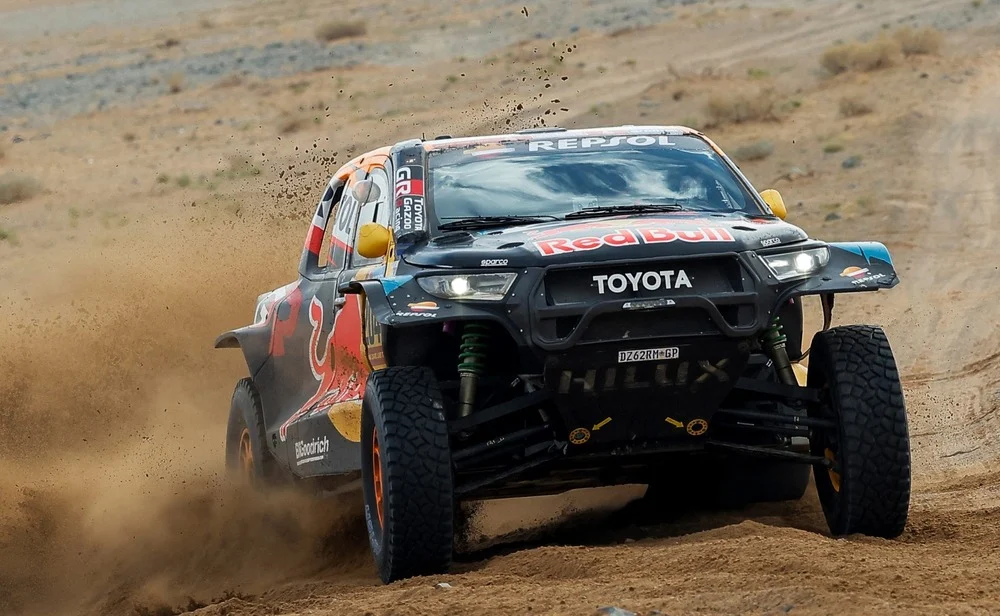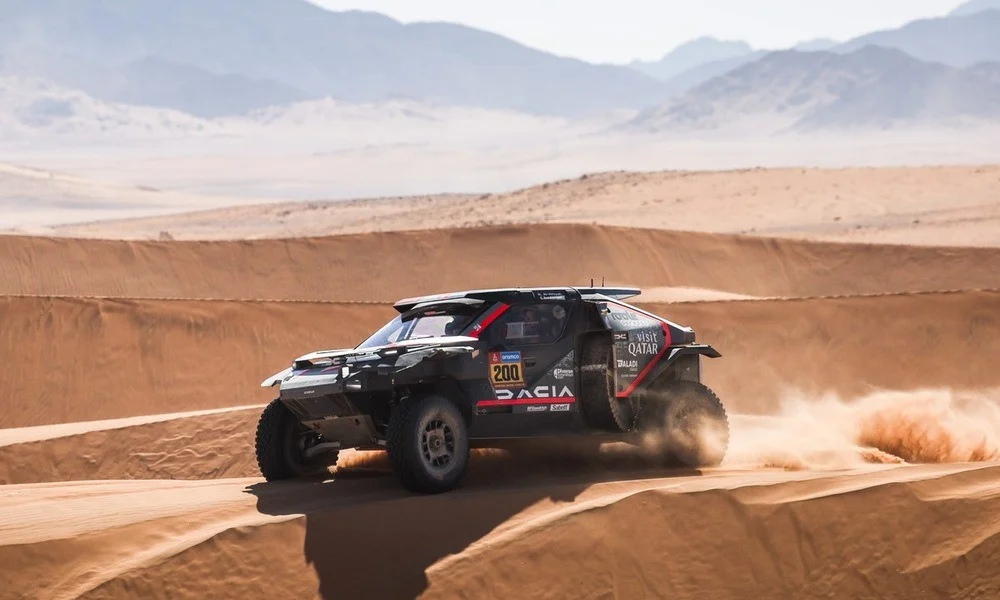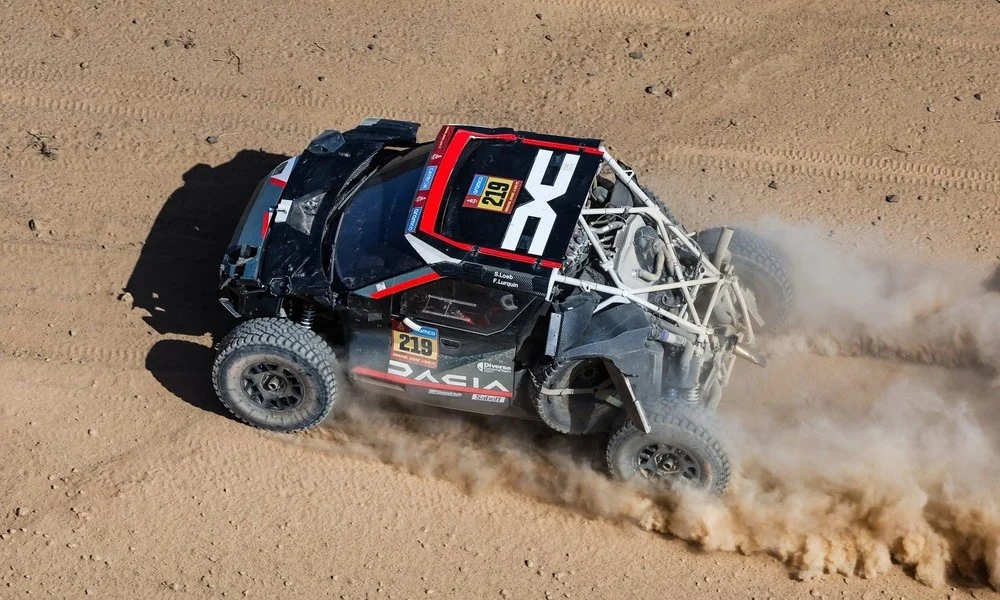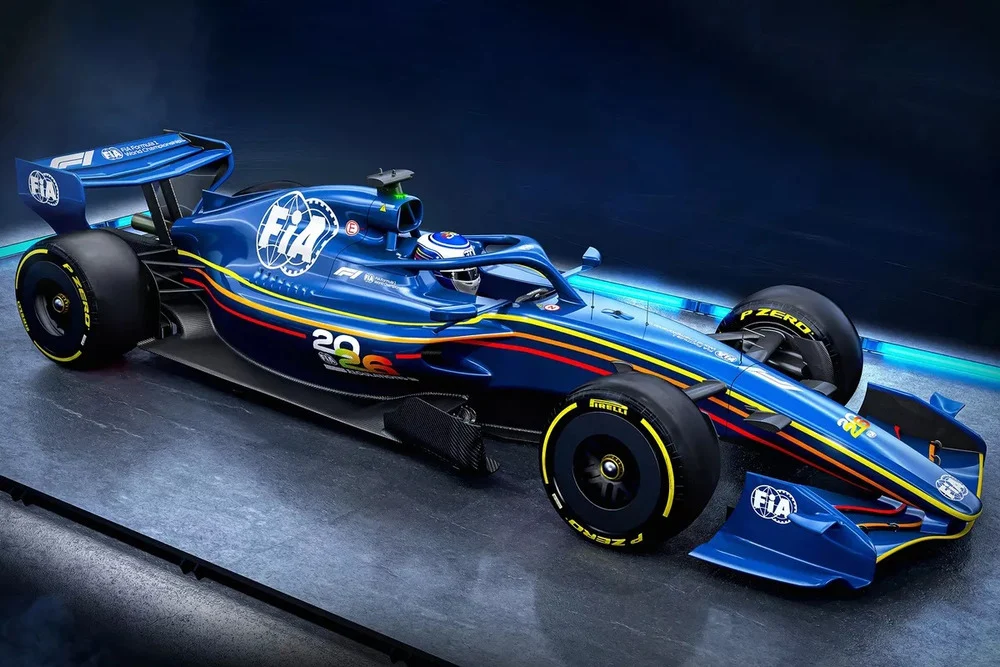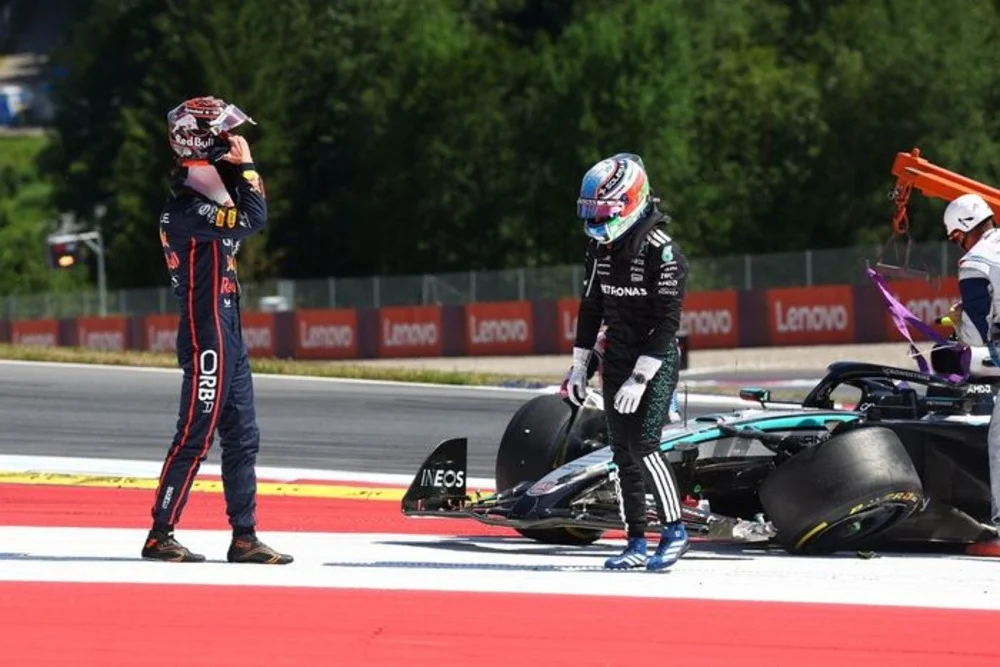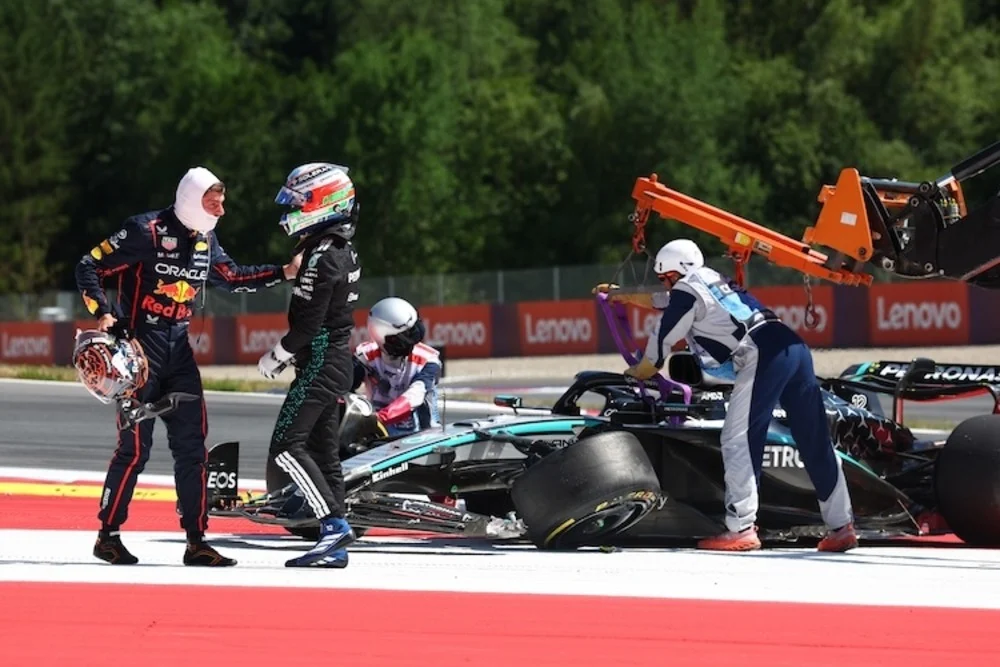Dakar Rally 2025 is particularly notable for the introduction of the 48-hour Chrono Stage, a grueling two-day challenge that tests the endurance, navigation skills, and survival instincts of participants.
As the rally unfolds across the vast and unforgiving Arabian desert, this stage is poised to be a defining moment in the competition.
The Dakar Rally, renowned for its extreme conditions and demanding routes, has attracted 580 competitors from 52 different nationalities this year. Among them are 134 motorcycle riders, including 21 elite competitors in the Rally GP class.
Dakar Rally 2025 began with a prologue that set the stage for what promises to be an exhilarating journey spanning 7,700 kilometers over 12 stages. The weather conditions in Bisha have been challenging, characterized by strong winds and sandstorms, which have already tested the mettle of the participants even before the official start.
One of the most significant aspects of this year’s rally is the return of the 48-hour Chrono Stage, which has been designed to elevate the level of difficulty faced by competitors.
This stage requires participants to cover an impressive distance of approximately 957 kilometers over two days without any external assistance. The unique format mandates that competitors must shut off their engines at sunset and survive independently in designated bivouacs scattered throughout the desert.
Competitors will start from Bisha and aim to complete as much of the 48-hour Chrono Stage as possible before stopping at designated rest areas when night falls. They will then resume racing at sunrise, making strategic decisions about how to approach each segment of the course crucial for success.
Each crew will be supplied a basic military ration pack before the start of the stage, which includes a bag of muesli, a crumble, a tin of soup to share between two, an energy bar and a mix of hot drinks.
This isolation not only tests their physical endurance but also their mental fortitude, as they must navigate through harsh environments with limited resources.
The inaugural use of the 48-hour Chrono Stage last year brought about unexpected challenges and surprises. However, this year’s iteration promises to be even more demanding, occurring earlier in the rally and featuring a diverse range of terrains that include rocky paths and sandy dunes.
The strategic placement of this stage is likely to have a significant impact on the overall standings as competitors will need to manage their speed and navigation carefully while also conserving energy for the long haul ahead.
As participants prepare for this formidable challenge, they must also contend with various other obstacles presented by the rally’s terrain. The first stage around Bisha consisted of a mix of sand and dirt tracks, requiring not only speed but also precise navigation skills.
Toyota’s Seth Quintero secured victory in the opening stage, demonstrating exceptional skill as he navigated through tricky routes while maintaining a lead over his competitors.
However, he admits he made an error heading into the 48-hour Chrono Stage as he starts from first after dominating Saturday’s loop.
“I kind of messed up today, I won the stage, so I am starting up front tomorrow so I kind of blew that one!” Quintero told DirtFish.
“I went faster than I thought I was and I kind of didn’t mean to end up where I did so I will be aiming to go as fast as I can tomorrow.
“The 48-hour chrono Stage is different to last year, which was in the dunes, and it was harder for those opening the road. I was fourth on the road last year, and the guys could catch because there were no rocks or dust.”
As teams gear up for the 48-hour Chrono Stage challenge, they are also mindful of their competition. With each competitor vying for supremacy, strategies will evolve throughout the course of the rally.
“With the 48-hour Chrono Stage so early in the event and also with it not being in the dunes, there’s that little bit of an unknown,” Matthew Wilson, team principal of M-Sport Ford, added.
One driver keen to avoid a repeat of last year’s chrono stage is Nasser Al-Attiyah and his strategy of stopping near the end of stage one to ensure a lowly starting position for Sunday is one based on a rough ride in 2024.
“Everyone has been trying to manage, not to win the stage and to open [the road],” said Al-Attiyah. “Last year, I won the stage before and I opened the 48-hour, and I felt really uneasy in the stage.
“To open alone, there is no line [from the bikes] and you lose a lot of time. So, we decided with Séb to be altogether all the way in the stage, and we ended up losing only 10 minutes behind the first place.
“Tomorrow we can win a lot of time if nothing goes wrong.”
In summary, the 48-hour Chrono Stage is set to be one of the most thrilling components of Dakar Rally 2025. It encapsulates everything that makes this event legendary: extreme challenges, fierce competition, and moments that can change everything in an instant.
The excitement surrounding Dakar Rally 2025 continues to build as competitors face new challenges head-on. With every twist and turn in the desert landscape, stories of resilience and triumph will emerge from this grueling competition.
As we look forward to witnessing who will conquer the 48-hour Chrono Stage, one thing remains clear: the spirit of adventure is alive and well in this extraordinary race across one of the world’s harshest terrains.


